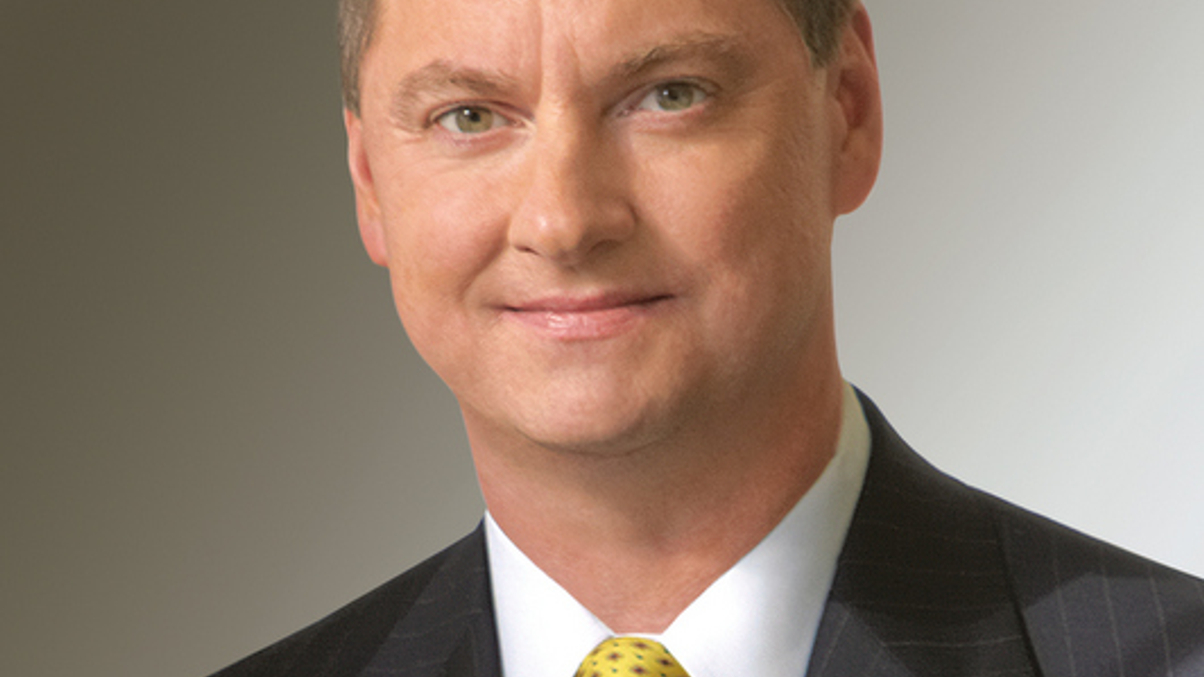How the Fed can soothe nervy markets
In a speech at The Bankers Club in Hong Kong, Charles Evans of the Chicago Fed outlines why the US central bank needs to implement a more transparent and accountable policy.

An audience at The Bankers Club in Hong Kong this week heard how the US central bank could apply more transparent and accountable policy to reassure jittery markets, although not everyone was in agreement.
Sign in to read on!
Registered users get 2 free articles in 30 days.
Subscribers have full unlimited access to AsianInvestor
Not signed up? New users get 2 free articles per month, plus a 7-day unlimited free trial.
¬ Haymarket Media Limited. All rights reserved.


